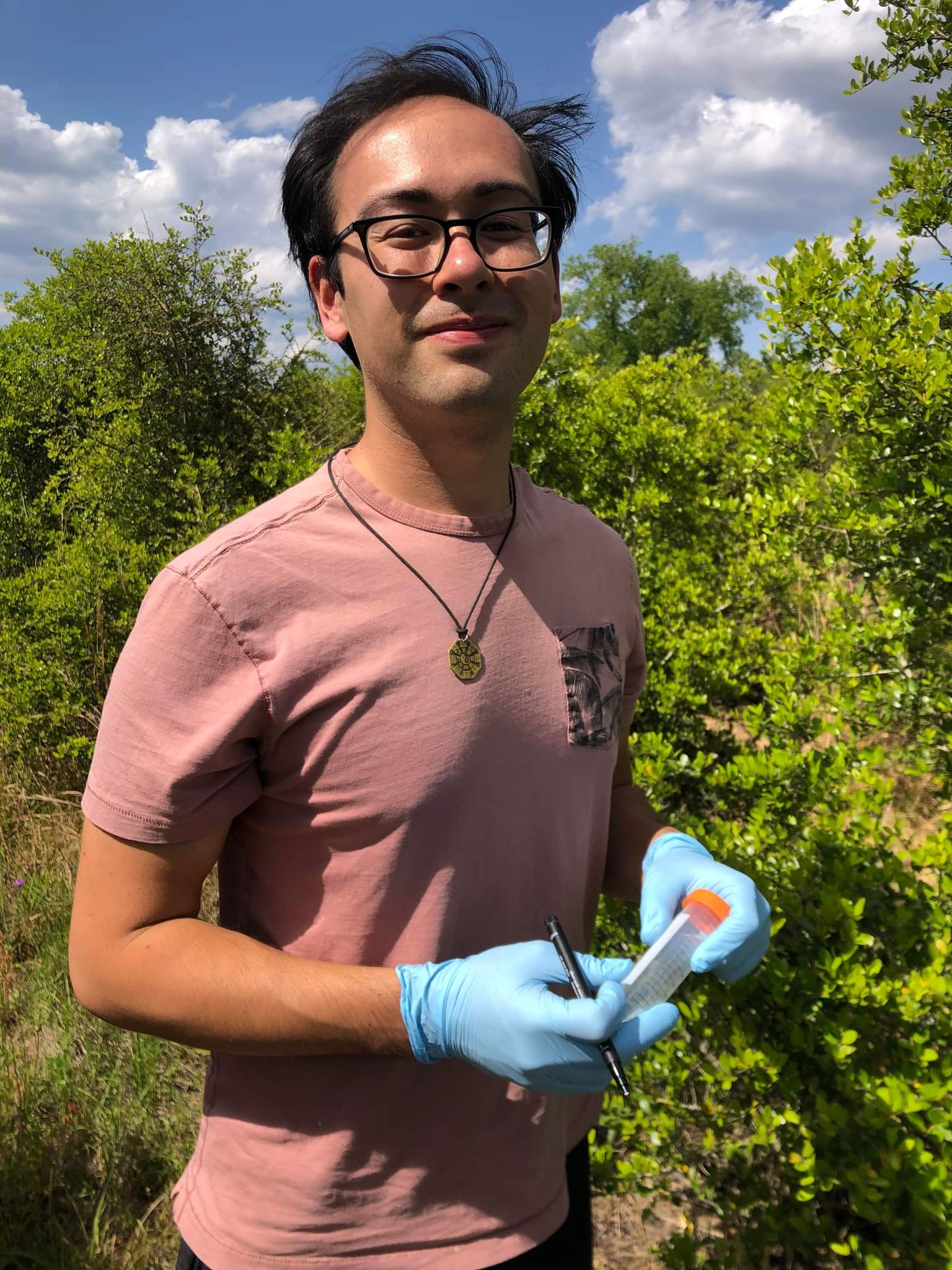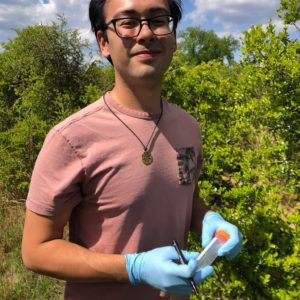The numbers are in, and it’s official: we are losing the fight to save the many endangered species on our planet. Despite a growing number of global voices highlighting the importance of preserving biodiversity to worldwide human health and food security, the WWF’s Living Planet Report 2022 estimated we’ve lost 69% of monitored wildlife populations, while 2 out of 5 plant species are at risk of extinction, according to a 2020 report by Royal Botanic Gardens Kew.
To keep these numbers from climbing further, scientists have been using the power of genetics to track the spread of invasive species and monitor the genetic variation of endangered species (species with low levels of genetic variation have been associated with a high risk of extinction). The problem is, issues like habitat destruction and invasive species have been wreaking havoc on a timescale shorter than anything our planet has seen in a long time, which can make monitoring population persistence using only traditional methods less effective. Luckily, a team of researchers based at the University of Georgia has developed a new genetic tool that may help us keep up with today’s blistering pace of extinction.
It’s called an “epigenetic clock,” and it uses the natural, steady modification of DNA over an organism’s lifetime to determine how closely related two individuals are. It may sound trivial, but when applied to whole populations, this info can be used to track how species are changing at shorter timescales than ever seen before – all just by taking DNA samples from a few individuals.
“It provides a chance for people who want to understand very recent history,” says Nan Yao, the lead graduate student on the project.
But how exactly does this “clock” work?
Like any old timepiece, the epigenetic clock helps us keep track of how much time has passed by dividing it up into increments. On your watch, these increments are hours, minutes, and seconds, but in DNA, the increments are small chemical changes that occur at a fairly constant rate, like the ticking of a clock. The neat thing about these tiny changes is that if we know how fast they occur, we can count up how many “ticks” there are between two individuals to see how closely they’re related.
But this concept of a “molecular” clock isn’t new. For decades, scientists have used the slow mutation of DNA bases (the A’s, G’s, C’s, and T’s that make up our genetic code) as a clock to track how different species are related to one another – thousands to millions of years of evolutionary change. However, this “base clock” begins to fail once you start trying to measure events that have happened in the last few years or decades – like a threatened species rapidly declining due to climate change and losing genetic diversity, or an invasive species wreaking havoc.
This breakdown occurs because the base clock doesn’t have the resolution to measure recent and rapid evolution. In other words, it’d be like trying to time a 50-meter sprint using a sundial.
Epigenetic changes, on the other hand, are much smaller chemical changes that happen much more frequently than the slow mutation of DNA bases. In fact, many can occur within the lifetime of a single organism.
Nan and the others quickly realized their new epigenetic clock could be used to measure evolution happening at a much smaller timescale than the DNA sequence alone.
“So [let’s say] you have a clock that works well. But it only has one pointer counting hours. For the [epigenetic clock], it’s like a stopwatch, or even more accurately, like an atomic clock.”
Following their discovery, the research team quickly set out to test their new tool on an ecologically critical species: the seagrass Zostera marina, which is a keystone member of threatened coastal ecosystems around the world. Scientists have been trying to figure out how Zostera colonies are responding to changing ocean conditions by measuring how long the grass colonies live and how their genetic diversity changes over time. But there’s a problem – Zostera likes to grow by forming massive colonies of genetically similar plants all connected underground by a common root system. This habit means that even two individuals sampled a football field apart could still come back as identical using traditional genetic methods.
By leveraging the tiny changes picked up by the epigenetic clock, however, the researchers were able to reconstruct the relationships between Zostera plants as close as 17 years from each other – a level of resolution unheard of using the old DNA base substitution clock and a big step forward in understanding this plant’s vulnerability to an ocean affected by climate change.
While it’s an exciting discovery, there’s still work to be done. Right now, the method only works in plants, although it’s believed that similar clocks exist in animals that could be used. The team is also hard at work testing their new tool on other plant species, as well as developing better ways to convert the number of DNA changes between organisms into units of time. Eventually, their method could be used to monitor the genetics of invasive plant species as they’re invading, as well as how threatened species are responding. That future may still be a few years off, but Nan is optimistic.
“[The clock] could introduce a new language for epigenetic study. We suddenly have a lot of things to focus [on].”
In their publication on the clock, the authors say some of the best candidates for the new tool right now are other clonal colony-forming plants like Zostera that are difficult to monitor effectively using older methods. Being able to track these organisms’ lifespans and recent history in turn will allow scientists and land managers to best prioritize the management of natural habitats, government protection for endangered or sensitive species, and control strategies for invasives. With both the power of genetics and now epigenetics at conservationists’ disposal, a future with fewer extinctions becomes just a little more within reach.
***
Original article:
N. Yao et al., An evolutionary epigenetic clock in plants. Science 381, 1440-1445 (2023). DOI: 10.1126/science.adh9443
About the Author
Ben Long is a Ph.D student in the Department of Genetics at the University of Georgia studying both the population genetics of yaupon holly, a naturally caffeine-containing plant native to the American southeast, as well as the microbiomes of plant hosts and their pathogens. Outside of the lab, he enjoys playing his ukulele, foraging wild medicinal plants and homebrewing various beverages.
-
Ben Longhttps://athensscienceobserver.com/author/ben-long/
-
Ben Longhttps://athensscienceobserver.com/author/ben-long/







